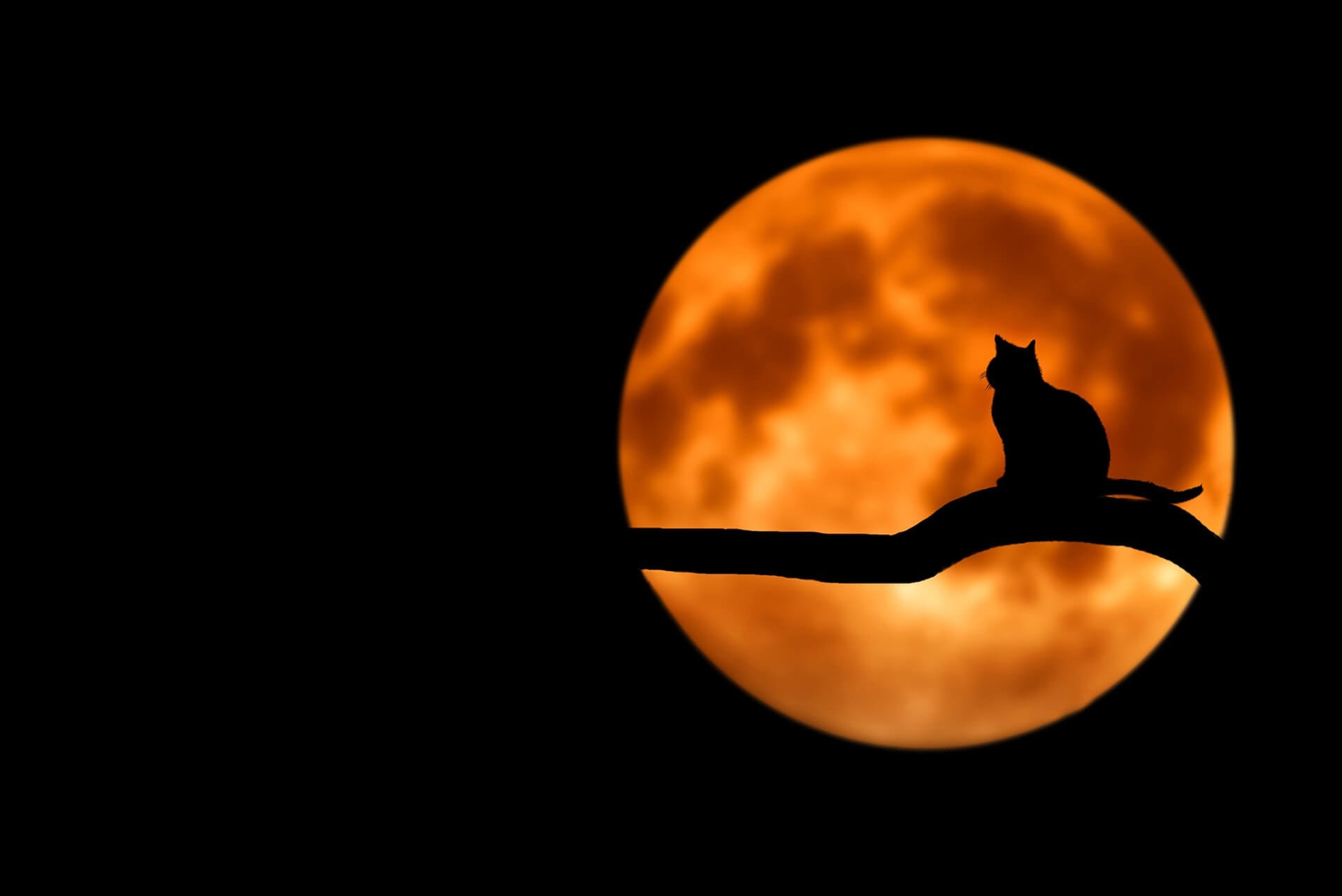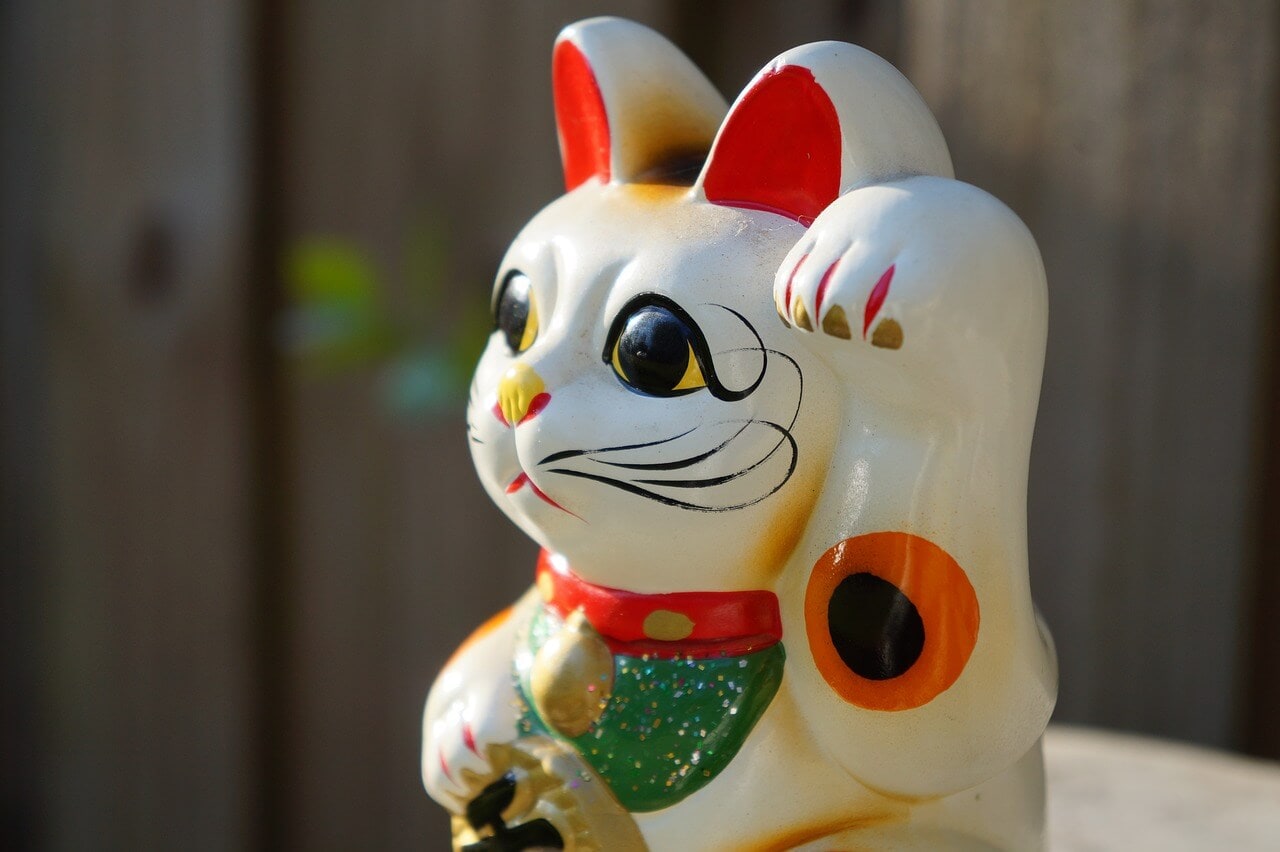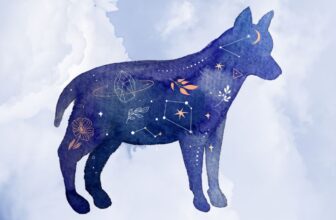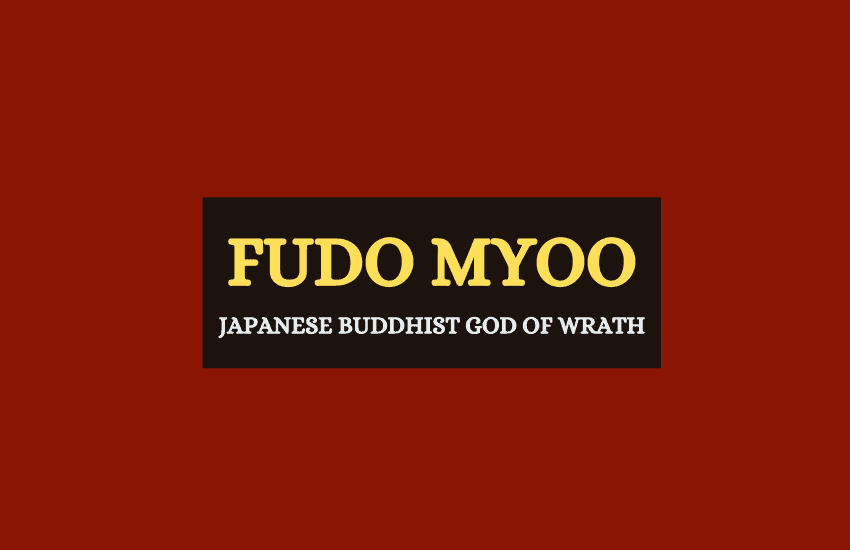
Table of Contents
Virtually every culture that’s shared its streets and homes with cats has some fascinating myths about these elegant animals. Some worship them as gods, others fear them as demons. However, few cultures have cat myths quite as extraordinary as the myth about the bakeneko.
What Are the Bakeneko?
The bakeneko (monster cat or changed cat)are often viewed as Shinto yokai or spirits, however, many view them as something more than that. In essence, the bakeneko are older but still live cats that have grown into something more than your normal household feline.
When a cat gets older and turns into a bakeneko it starts developing supernatural abilities such as possession, shapeshifting, magic and the ability to cast spells. Unlike the dog inugami spirits, the cat doesn’t need to die a horrific death to turn into a bakeneko. And, unlike the fox kitsune spirits, the bakeneko cat isn’t born magical. Instead, some cats just happen to turn into bakeneko when they get older.
The bakeneko isn’t even the only (or scariest) feline Shinto yokai – there’s also the nekomata which is a two-tailed feline yokai.
The Bakeneko’s Powerful Supernatural Abilities

Depending on the myth, a bakeneko cat can have several different abilities. Some of these are especially prominent:
- Possession. Just like the kitsune, the inugami, and other Japanese animal spirits, the bakeneko can also possess people. This is usually done with a malicious and self-serving purpose, as the bakeneko don’t care about the people around them, including their current or former owners.
- Shapeshifting. The bakeneko are expert shapeshifters and can mimic a human body to perfection. They can even take the form of specific people and it’s not uncommon for a bakeneko to kill its owner, devour his or her remains, and then shapeshift into that person and continue living their life. Not every shapeshifting is done with such nefarious purposes, however – more often than not a bakeneko will just shapeshift into someone for the fun of it, dance around with a napkin on its head, do something silly in front of the entire town, then run and hide before shapeshifting back into a cat. Naturally, an old and smart bakeneko can also learn to speak like a human after a while, which further helps them assume people’s lives.
- Curses. The bakeneko are powerful magicians too and their curses can last for generations. People who mistreat their cats are often subject to powerful curses and it’s said that entire powerful family dynasties have fallen into ruin after a bakeneko curse.
- Physical manipulation of dead bodies. A bakeneko is not only capable of killing and consuming a person before taking over their life, but these powerful feline yokai can even perform a type of necromancy – they can make dead people move and walk around, and do the cat’s bidding.
Are Bakeneko Good or Evil?
Everything we’ve listed above can make bakeneko cats seem nefarious. And they often are. However, like most other Shinto yokai and kami, the bakeneko are not inherently evil. Instead, just like the household cats they come from, the bakeneko are simply chaotic and self-serving. Their purpose isn’t necessarily to torment people or to ruin their lives, it’s just to have fun – if that fun comes at the expense of someone else, so be it.
Some bakeneko take revenge on people who mistreated them by killing them. Others take care of those who had been their benefactors, by warning them of danger or helping them to escape from places where bakeneko gather. These stories imply that it’s important to treat animals with respect.
Like most other cultures, the Japanese believed that cats do not really love people, and only tolerate us out of necessity. Because of this, when a cat turns into a bakeneko and becomes capable of all these supernatural feats, it sometimes decides that it doesn’t need to tolerate the people around it.
Still, it should be noted that most bakeneko don’t turn into mass-murdering sociopaths – most of the time they just play on rooftops at night with other bakeneko, do some mischief here or there, break into strangers’ houses to eat people’s food, and dance with napkins or towels on their heads.
How Can You Tell That a Cat is Turning into a Bakeneko?
Not every cat turns into a bakeneko – many can grow into old age without ever becoming anything more than a cat. When a cat turns into a bakeneko, however, it usually has to be at least 13-years-old and it has to weigh over 3.5 kg or 7.7 pounds.
Other than that, there doesn’t seem to be any particular cause for the cat’s transformation – it doesn’t matter if the feline is domesticated or a stray, and it doesn’t matter whether it had a good life or was mistreated. Sometimes, a cat would simply transform into this bizarre yokai spirit for no apparent reason.
Fortunately, the process is not instantaneous and there are a few tell-tale signs:
- The cat starts walking on two legs. Today, a cat walking on its hind legs may make for a fun Tik-Tok video but in ancient Japan, this was a serious omen that the cat was undergoing a transformation.
- The cat starts intensively licking lamp oil. For most throughout Japanese history, lamp oil was actually made from fish oils such as sardine oil. So, it may seem obvious that cats would be attracted to it, but this was nevertheless a major sign that a cat was turning into a bakeneko. In fact, it’s also one of the few ways you can catch a bakeneko shapeshifted into human form.
- The cat grows an extraordinarily long tail. This is a rather weird sign given that cats’ tails stop growing in length when the cat reaches adulthood along with its whole body. Nevertheless, this was something people watched out for – so much so that there’s even a tradition for bobbing your cat’s tail short while it’s still young to prevent it from ever turning into a bakeneko.
Symbolism of the Bakeneko
It’s hard to say what the symbolism of the bakeneko is, other than it symbolizing the chaotic behavior of cats. Unlike most other yokai, the bakeneko don’t represent anything particular such as crops, trees, the moon, or anything like that – they are just giant, weird, magical monsters that continue to behave like cats, if the cats were to develop supernatural abilities.
It’d also be a mistake to think that the Japanese people hated cats because of the bakeneko myths – cats were actually an integral part of Japanese society. Whether it was in the agricultural mainland regions or at the fishing ports on the shore, cats were important companions for most Japanese people as they helped keep their towns, villages, and farms pest-free.

This love for cats can be seen in the Maneki Neko (beckoning cat), which is one of the most iconic symbols of Japanese culture, symbolizing luck and happiness. The Maneki Neko is typically placed in shops, featuring one raised paw, to invite wealth, good fortune and prosperity into the shop.
Importance of Bakeneko in Modern Culture
Bakeneko cats – as well as the nekomata they are often mistaken with – are prominent in modern Japanese culture. Even if they’re not explicitly named as such, intelligent, talking, and/or magical cats can be seen in virtually every other anime, manga, or game series.
Some of the most prominent examples include the InuYasha manga and anime series, the Ayakashi: Samurai Horror Tales anime, the Digimon series, the famous anime Bleach, and many others.
Wrapping Up
The bakeneko are among the most intriguing of Japanese animal spirits. They were feared but this didn’t translate to the mistreatment of cats. While cats continued to be loved and respected, they were also carefully watched to see if they showed any signs of transforming into a bakeneko.







